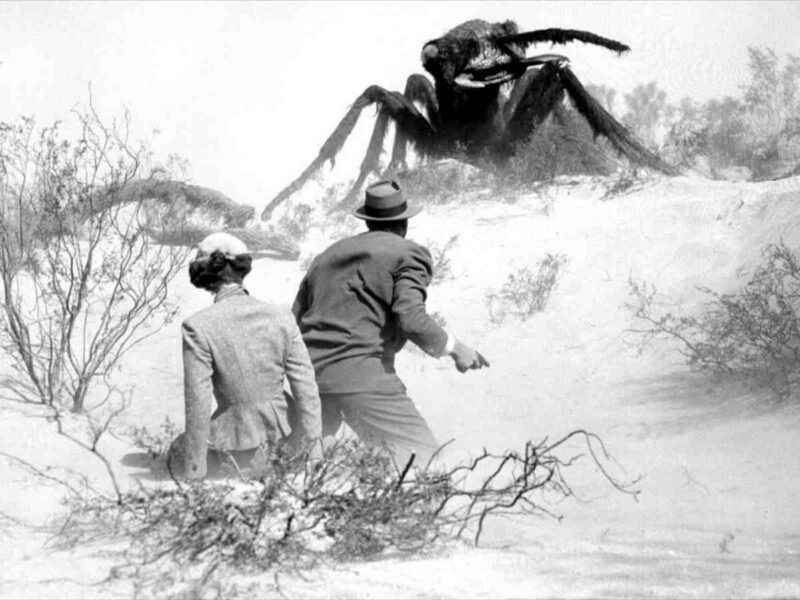Facing Conflict
Before the start of the Special Military Operation in Ukraine, a journalist named John Andrews kept track of the conflicts raging around the world. He found that certain areas remain in a state of perpetual war because underlying conflicts seemingly could not be resolved:
So far in the twenty-first century, the USA and its allies have invaded Afghanistan; Russia has waged war with Georgia; the brutal Islamic State (IS) has emerged in the Middle East; and a constant contest for precious minerals in Africa has provoked – and financed – war and carnage. Other conflicts are less bloody, but still dangerous – the nervous stand-off between India and Pakistan in Kashmir, for instance, or the continuing stalemate between North and South Korea. Whether explosive or simmering, the number of violent conflicts in the world is high enough to surprise, intrigue and sober any reader. This is a must-read for our times, an essential guide for anyone who wants to know more about the world and its danger spots, and how and why war and terrorism persist – in short, how we might better understand our world in conflict.
It is a shame that he did not also record peace initiatives, but then again, that would make less interesting copy and might send him sliding into journalistic oblivion. Paths to peace are generally misunderstood because war offers more financial opportunity.
For those of us who are interested in conserving civilization, the idea rears its head that it should be a goal of civilizers to include the maintenance of civilization in their list of goals, and as part of that, discover a theory and practice of paths to peace.
Combat often gets resolved without ending conflict and therefore achieving peace. After the Angolan War murder rates in South Africa tripled; efforts to suppress open warfare in sub-Saharan Africa increased the conflictl; the fall of the Berlin-wall increased conflict in the Balkans.
Of course, the color revolution which overthrew Russian attempts to take over Ukraine resulted in the Special Military Operation with geopolitical implications, mostly because the underlying conflict of Europe versus Eurasia and Asia has not been openly discussed since the time of Genghis Khan.
The Ukraine conflict offers a remarkable example not simply because it is three-dimensional — Ukraine, NATO, and Russia-China being involved — but includes different levels, different technologies, different ethnicities and above all, it is intentional.
It appears that a third party (almost a referee if you like) must dissect the assumptions behind a conflict. China attempted to do so using the remarkable metaphor of a rabid wolf. In Chinese culture encountering such animals requires “dancing around them” like boxers circling each other.
The metaphor uses rabies because a rabid wolf will go insane and bite everything eventually including its own allies and its own family. Dancing around the wolf implies that eventually the rabid creature will die on its own, so you keep it busy while avoiding its bite.
China argues through this metaphor that a Ukrainian path to peace will limit American fatalities and is literally to America’s advantage. It attempts to suggest to America an offramp because the wolf is not the whole of America, but merely a few dark individuals who have taken over the political system.
If academia is interested in studying peace, they cannot do so without studying dark organizations which occur when a minority of members of an organization hijack it for their own goals. In other words, they must look at how systems are hijacked to cause war.
Arguably America has done this for centuries by provocations such as shipping arms on the Lusitania and cutting off iron exports to Japan, provoking the obvious response. Similarly, Russia fostering revolutions in Georgia and Crimea made this conflict inevitable.
However, academia has none of this vision because diplomacy itself has broken down. The globalist financial system which was designed to avoid war has become a way of avoiding discussing underlying conflict, most of which rarely expresses itself in financial terms.
If we get anywhere as a species, it comes not from pacifism and avoiding conflict, but at looking toward the underlying reasons why dark organizations arise and how these bring about conflicts that weaponize their host organizations against one another.
Tags: america, china, dark organization, russia, ukraine










